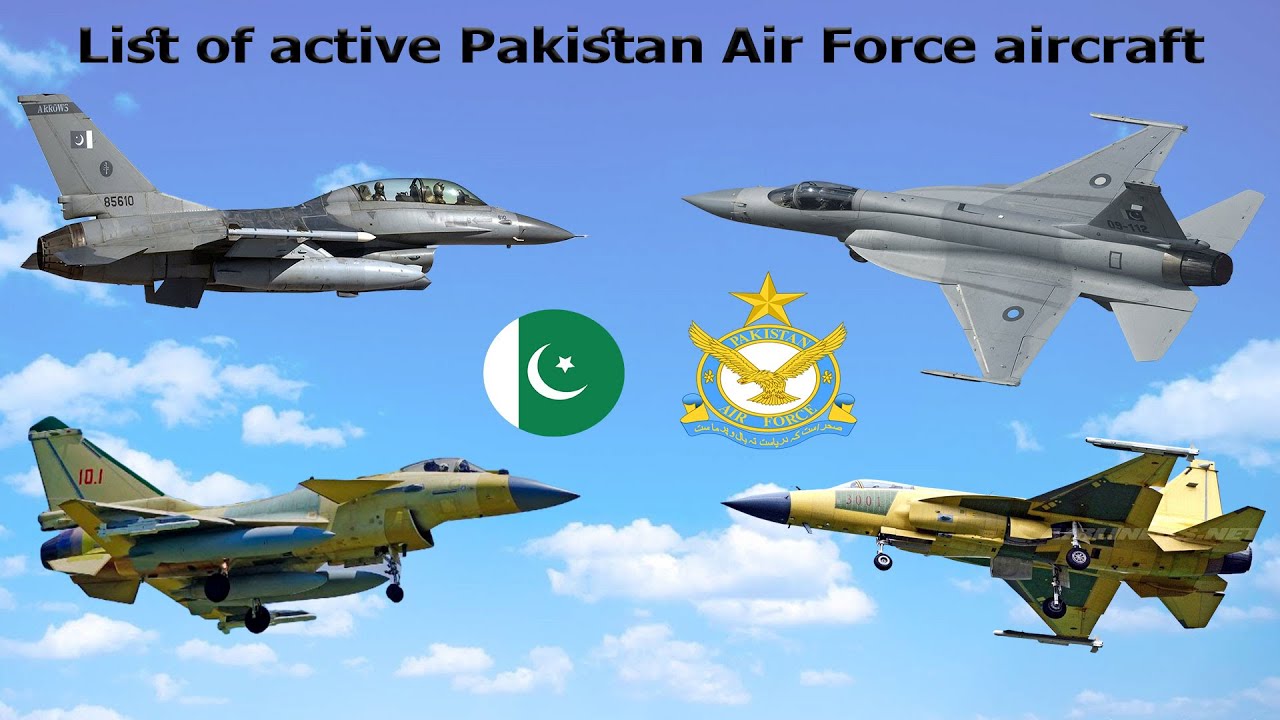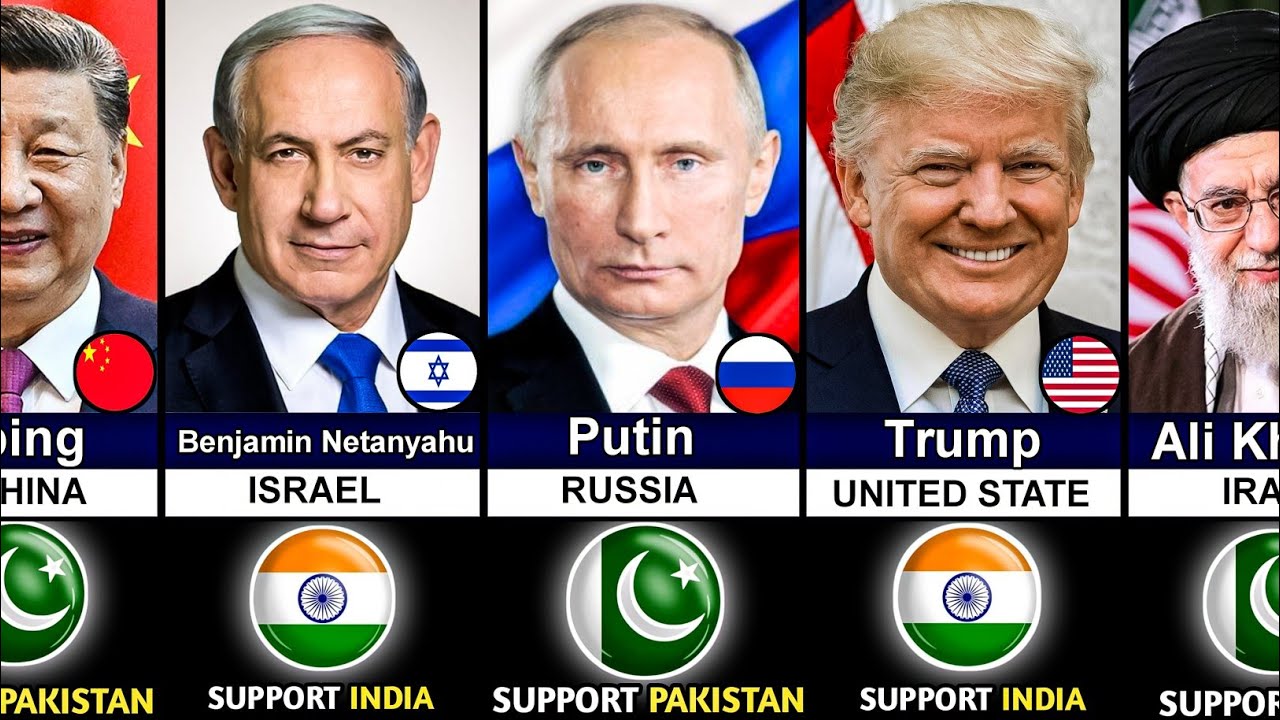1. A Proud Journey Through Two World Wars The video begins by tracing the roots of Germany’s fighter aviation back to World War I, when aircraft like the Fokker Eindecker changed the battlefield. It was the first aircraft to fire a machine gun through the propeller arc, giving Germany early air superiority. Moving into World War II, the Luftwaffe deployed legendary fighters like the Messerschmitt Bf 109 and the Focke-Wulf Fw 190, which defined Germany’s golden age of aerial warfare with speed, agility, and deadly firepower.
2. The Jet Revolution A major breakthrough came with the introduction of jet propulsion. The Heinkel He 178, flown in 1939, was the world’s first jet aircraft, and the Messerschmitt Me 262 became the first operational jet fighter in combat during WWII. The video emphasizes how this leap in technology gave Germany a temporary but dramatic speed and performance advantage, even though it came too late to change the war’s outcome.
3. Cold War Era – Embracing Modernization During the Cold War, West Germany, aligned with NATO, adopted cutting-edge Western aircraft. The F‑104 Starfighter and later the Panavia Tornado showcased the shift to multirole capabilities—fighters that could strike ground targets and engage in dogfights. Advanced radar, air-to-air missiles, and long-range systems marked a new phase of technological integration and military collaboration with allies like the UK and Italy.
4. 21st Century Stealth and Innovation In the modern era, Germany has embraced European joint programs, most notably the Eurofighter Typhoon. This fighter introduced next-gen avionics, composite materials, stealth features, and superior maneuverability. Designed for both air superiority and precision strikes, it embodies the fusion of speed, survivability, and digital warfare, keeping Germany at the forefront of NATO’s aerial power.
5. Vision for 2050 – AI and Multi-Domain Warfare The video concludes with a glimpse into the future: by 2050, Germany’s fighter jets will likely be integrated with artificial intelligence, drone swarms, and cyber defense systems. Projects like the Future Combat Air System (FCAS), jointly developed with France and Spain, suggest a future where manned and unmanned aircraft operate together in layered, AI-assisted environments—turning air superiority into a fully networked digital domain.

